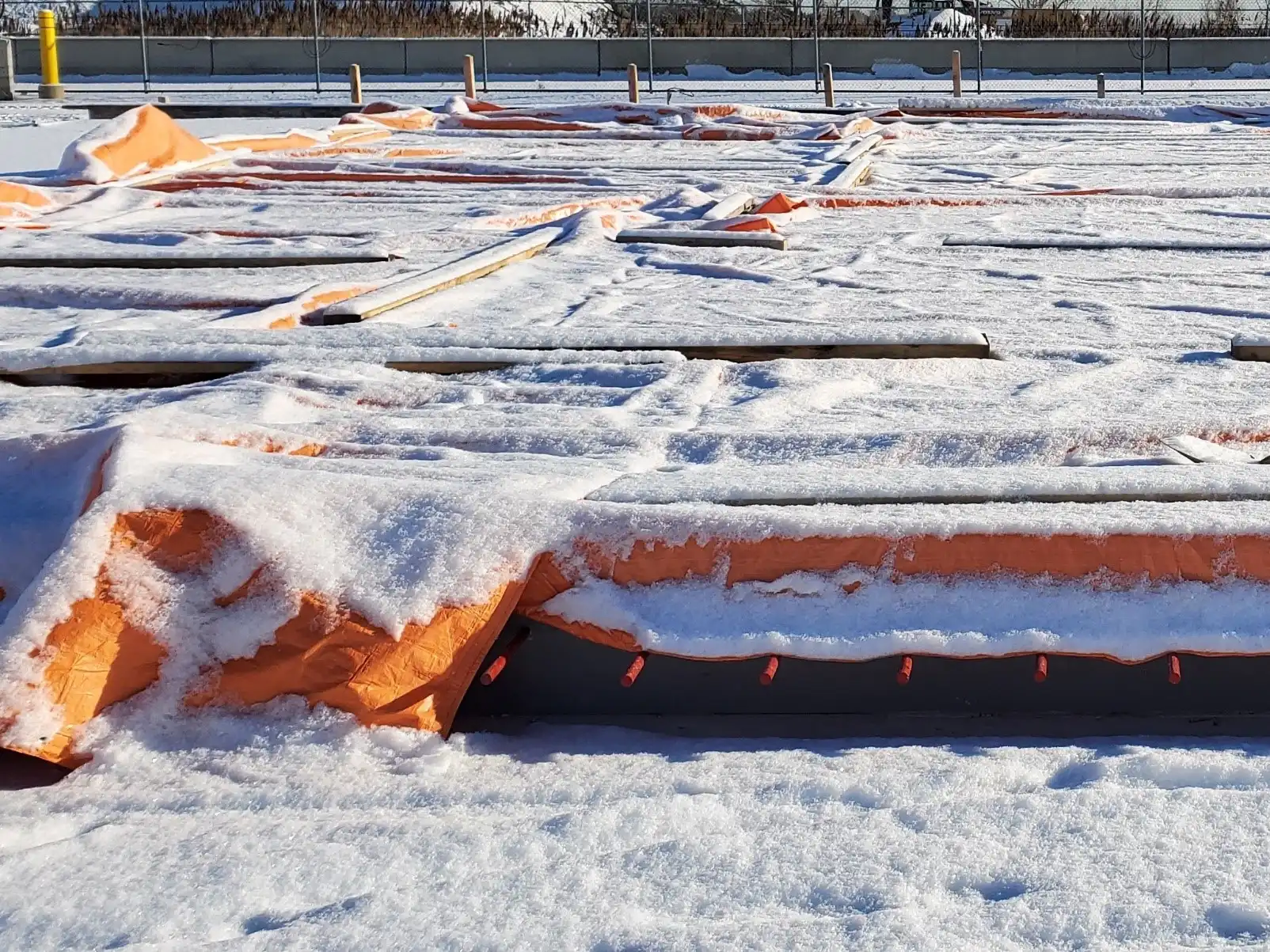Curing in Cold Weather Conditions
Curing is a crucial process in the production of concrete, as it helps in the hydration of cement and contributes to the strength and durability of the final product. While curing is essential in all climates, cold weather presents unique challenges due to lower temperatures and slower hydration rates. In cold weather conditions, the proper curing methods must be adjusted to ensure that concrete sets correctly and reaches its desired strength. This article explores the importance of curing in cold weather, methods of detecting proper curing, and the application of non-destructive techniques to assess curing quality.
Importance of Curing in Cold Weather
In colder temperatures, the hydration process of cement is significantly slowed down, which can lead to several issues:
- Slower strength gain: Low temperatures reduce the rate of hydration, which in turn delays the setting and hardening of the concrete. This can affect the strength development over time, leaving the concrete weaker than expected.
- Risk of freezing: If the temperature of the concrete drops below freezing, the water in the mix can freeze before the cement fully hydrates. This prevents the formation of proper cement bonds and can lead to cracking and other structural issues.
- Increased shrinkage: Cold conditions may also cause higher levels of shrinkage as the concrete dries unevenly.
To mitigate these challenges, specialized curing techniques must be employed to protect the concrete from freezing and to promote hydration.
Methods of Curing in Cold Weather
- Heating the concrete: Using heating elements or blankets, the concrete surface is kept warm, ensuring that the temperature remains above the freezing point. This method may involve using heated water in the mix or placing heated blankets over the freshly poured concrete.
- Insulating blankets and covers: Insulating materials can be draped over the concrete to maintain a stable temperature. This method is particularly useful for smaller sections or during short-term freezing conditions.
- Accelerators: Chemical accelerators can be added to the concrete mix to increase the hydration rate in cold temperatures. These accelerators work by promoting faster chemical reactions between the cement and water.
- Steam curing: In some cases, steam curing can be employed in cold weather. This process involves exposing the concrete to a controlled environment with steam, which provides heat and moisture to facilitate curing.
- Using warm water in mixing: The use of warm water in the mixing process can help raise the initial temperature of the concrete and ensure that it sets properly before external conditions can affect it.
- Sheltering the Concrete: Constructing temporary shelters or enclosures around the curing area can help protect the concrete from cold winds and low temperatures.
Detecting Proper Curing in Cold Weather
Proper curing is essential to ensure that concrete reaches its full potential strength and durability. There are several ways to assess whether the curing process is effective, especially in cold weather conditions:
- Temperature monitoring: One of the simplest methods to detect the effectiveness of curing is by monitoring the temperature of the concrete. Thermocouples or temperature sensors can be embedded in the concrete to track its internal temperature and ensure it stays above freezing. A minimum temperature of 5°C (41°F) is usually recommended for effective curing.
- Moisture content: Proper moisture content is crucial for successful hydration. Concrete that is too dry will not cure properly. Moisture sensors can be used to monitor the moisture levels within the concrete, providing real-time data on whether the curing process is proceeding correctly.
- Strength testing: Strength testing using methods like compressive strength testing can help verify that curing is proceeding as expected. In cold weather, the strength gain may be slower, and testing at various intervals can show whether the concrete is gaining strength at an acceptable rate.
- Visual inspection: Visual signs of poor curing include cracking, uneven color, or surface damage. These can be indicators that the curing conditions were not optimal. Surface inspection can provide a quick assessment of curing effectiveness, though it may not always be conclusive.

